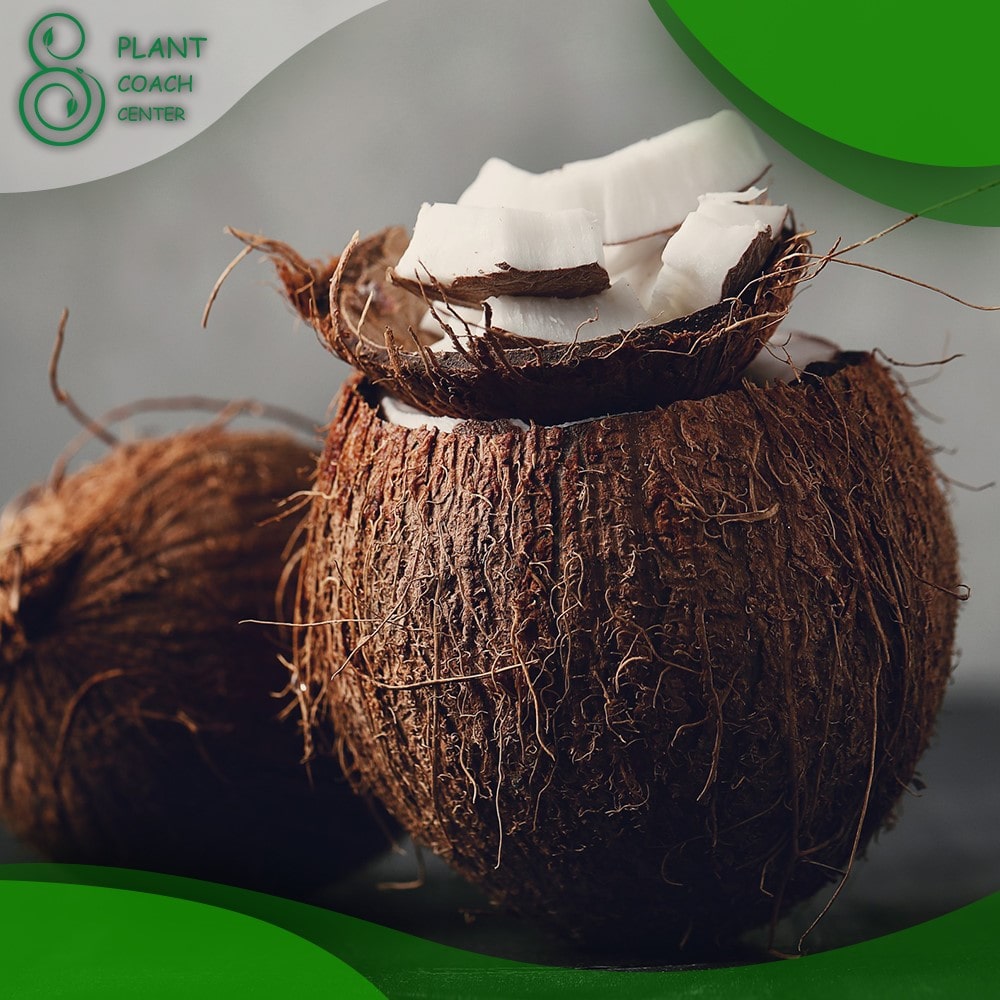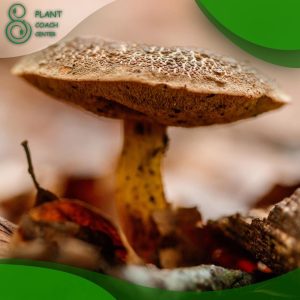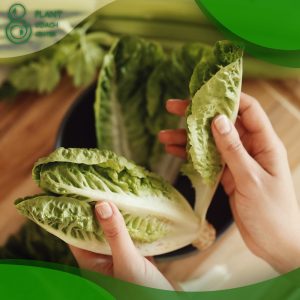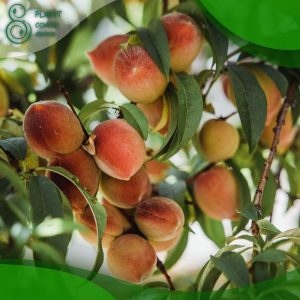How Do Coconuts Grow: Introduction
Coconuts, the fruit (or technically, drupe) that often brings to mind images of tropical beaches and exotic foods, are a fascinating study in plant growth. But “how do coconuts grow?” you may ask. To answer this, we’ll embark on a journey from the sandy soils where coconut palms take root, through their extensive growth process, to the ultimate production of the cherished coconut.
This comprehensive guide, brought to you by the plant experts at plantcoachcenter.com, aims to shed light on the intriguing life cycle of coconuts.
The Coconut Tree: An Overview
The Anatomy of a Coconut Tree
Coconut trees, scientifically known as Cocos nucifera, are members of the palm tree family and the only species of the genus Cocos. These trees are characterized by their tall, slender trunks that can reach up to 30 meters in height. Atop the trunk is a crown of pinnate (feather-like) leaves that can be up to 6 meters long.
The tree bears both male and female flowers. While the male flowers are more in number, it’s the fewer, larger female flowers that develop into coconuts after pollination, hanging in clusters from the tree.
Types of Coconut Trees
There are two main types of coconut trees – tall and dwarf. The tall varieties are the most common, known for their height and high productivity. They can start bearing fruit from 6 to 10 years, with a productive lifespan of about 60 to 70 years.
Dwarf varieties, as the name suggests, are shorter and often grown for ornamental purposes. They bear fruit earlier, often by their third year, but have a lower yield compared to the tall varieties.
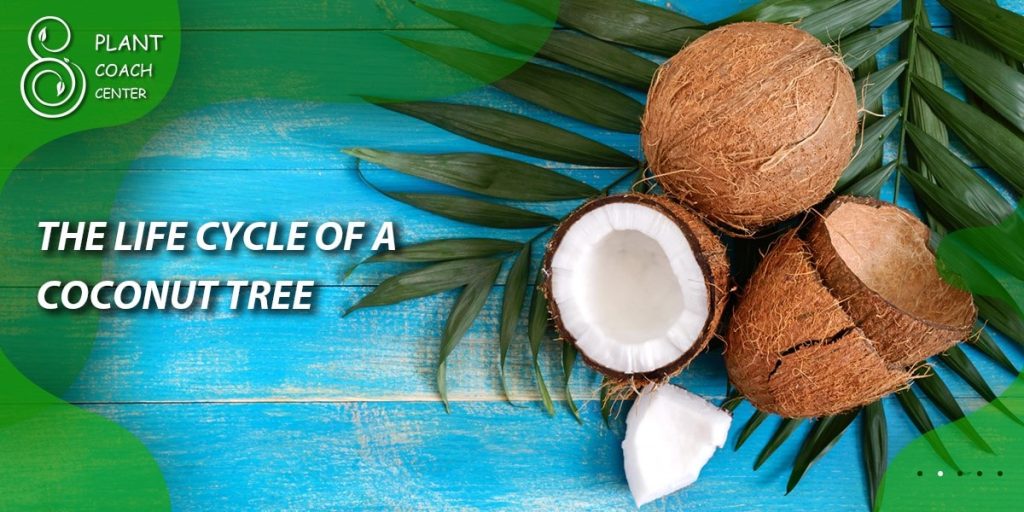
The Life Cycle of a Coconut Tree
Germination
A coconut tree starts life as a seed. The coconut we see in stores is actually the seed of the tree, and it’s this that is planted to grow a new tree. Coconuts are unique in that they can germinate while still on the tree, a process known as vivipary.
The germination begins when the coconut absorbs water through the three germination pores at one end. The embryo inside the seed starts to grow, feeding on the coconut’s endosperm, what we know as the coconut “meat”. Over time, a spongy mass fills the inner cavity, and a shoot emerges from one of the germination pores.
Growth
Once the shoot emerges, it seeks out sunlight and starts the process of photosynthesis, while the roots begin to develop and anchor the seedling into the ground. At this stage, the seedling still relies on the nutrients stored in the coconut for sustenance.
As the coconut palm grows, it continues to produce new fronds while the older, lower ones die off. This is why you’ll often see the trunk of the coconut palm with a kind of ‘skirt’ of dead fronds around it. The growth period can continue for several years before the tree reaches maturity and starts to produce fruit.
Maturity and Reproduction
A coconut tree is considered mature when it begins to produce fruit. The tree produces inflorescences, or flower clusters, which contain both male and female flowers. After pollination, the female flowers develop into coconuts.
The tree continues to produce fruit throughout its life, with a single tree able to produce up to 75 coconuts in a year. The coconut itself goes through multiple stages of maturity, each with its unique characteristics and uses.
Ideal Conditions for Coconut Growth
Climate
As tropical plants, coconut trees thrive in hot and humid conditions. They prefer areas with plenty of sunshine and high humidity, with temperatures between 20-30°C (68-86°F). They are intolerant of cold weather and frost, which can damage or kill the tree.
Soil
Coconut trees are remarkably adaptable when it comes to soil conditions. However, they prefer well-drained soils with a pH between 5.0 and 8.0. They’re often found growing along sandy shorelines, but they can also grow in clay and loam soils.
Water
Water is crucial for coconut tree growth. These trees are often found in coastal areas, where they have access to plenty of water. They need regular, consistent watering, but also require well-drained soil to prevent waterlogging, which can cause root rot.
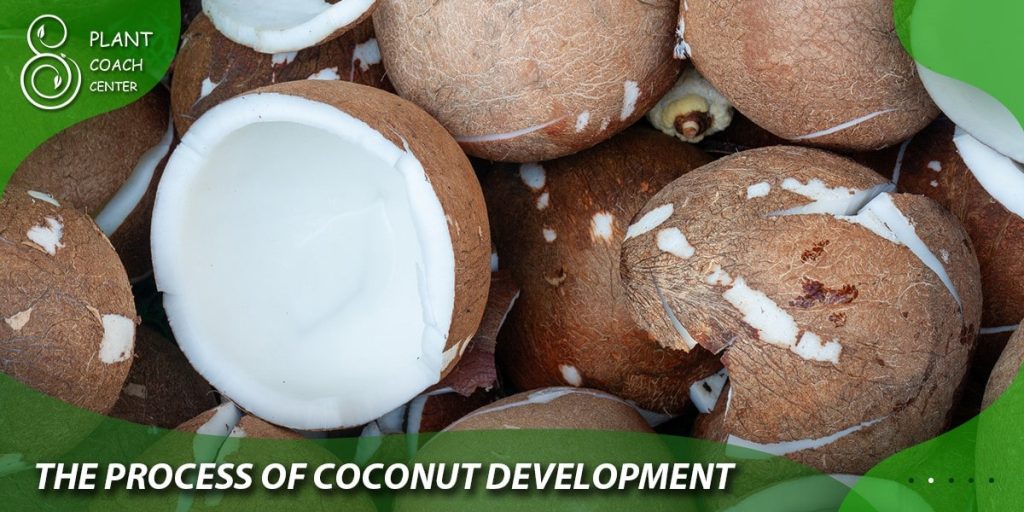
The Process of Coconut Development
From Flower to Fruit
After the coconut tree’s flowers are pollinated, the development of the coconut begins. The female flower enlarges to form the “ovary” which will eventually become the coconut. This process can take about a year to complete.
The Making of a Coconut
The coconut we’re familiar with is actually the seed of the coconut tree. The outer layer, known as the exocarp, is green in young coconuts but becomes brown as the coconut matures. Inside this is a fibrous husk, or mesocarp, which encases the hard, woody layer called the endocarp. Inside the endocarp lies the seed, which is composed of the white “meat” or endosperm, and the coconut water, which serves as a reservoir of nutrients for the germinating seed.
Challenges in Coconut Cultivation
Diseases
Several diseases can affect coconut trees, including lethal yellowing, a disease caused by a phytoplasma that results in the death of the tree, and bud rot, a fungal disease that causes the tree’s heart to rot.
Pests
A variety of pests can also pose a threat to coconut trees. Among these are rhinoceros beetles, which bore into the tree’s crown, damaging the fronds and potentially killing the tree, and coconut mites, which attack the young fruits.
Lethal Yellowing: A Coconut Tree’s Nightmare
Lethal yellowing is a disease that affects a wide range of palm species, but it is especially deadly to coconut palms. It’s caused by a type of bacteria called a phytoplasma, which are transmitted by plant-hopping insects.
Symptoms and Progression of the Disease
The disease is named for its most visible symptom: the yellowing of the palm fronds. It starts with the oldest leaves, which turn from green to yellow, then brown, and eventually fall off. As the disease progresses, younger leaves start to show the same symptoms until the entire tree is affected.
Another symptom of lethal yellowing is the premature dropping of coconuts, regardless of their maturity. The flowers of the tree may also blacken and die off.
Once a tree starts showing symptoms of lethal yellowing, it usually dies within a few months to a year. The disease is relentless and quick, leaving little time for interventions to save the infected tree.
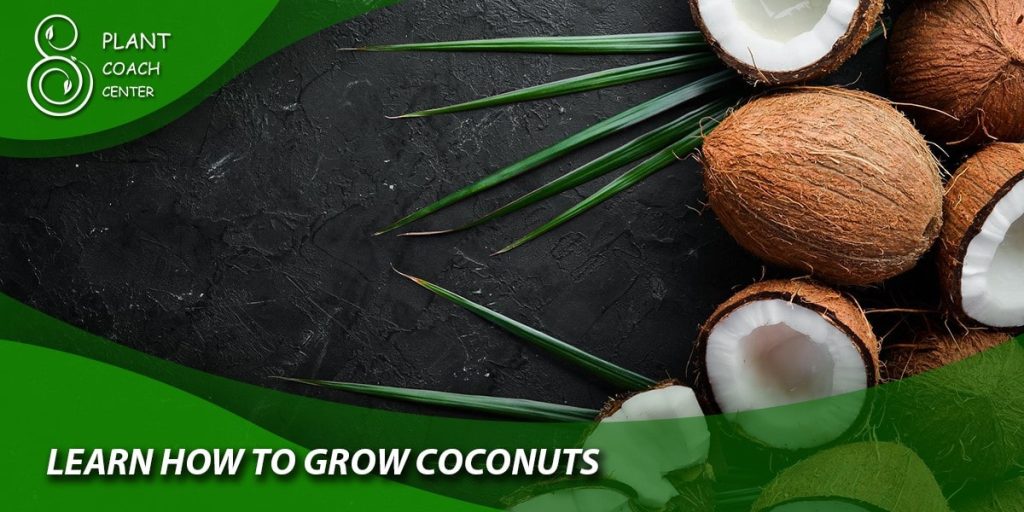
Management and Control
There is currently no cure for lethal yellowing, making its management challenging. The most effective approach is proactive management through the use of resistant coconut varieties and palm species.
The disease is spread by leafhopper insects, which feed on the sap of the palms. Reducing the population of these insects can help slow the spread of the disease. Insecticides can be used, but they must be applied carefully to avoid harming beneficial insects and the surrounding environment.
Another tactic involves removing and destroying infected trees to prevent the disease from spreading. It’s essential to monitor palm populations closely for signs of the disease so that any infected trees can be removed promptly.
Conclusion
Coconuts are an integral part of many cultures and economies around the world. Understanding how they grow and the challenges they face is crucial for maintaining and improving their cultivation. From the germination of a single coconut to the towering heights of a mature palm, the journey of a coconut is a fascinating tale of resilience and adaptation.
As we continue to battle threats like lethal yellowing, the future of coconut cultivation relies on scientific advancements and sustainable practices. Here’s to the humble coconut, a tropical delight that continues to enchant and nurture us.
How long does it take for a coconut tree to bear fruit?
Tall coconut varieties start bearing fruit between 6 to 10 years, while dwarf varieties can start as early as 3 years.
Can a coconut tree grow from a coconut?
Yes, a coconut tree grows from a coconut, which is the seed of the tree.
What is lethal yellowing disease in coconut trees?
Lethal yellowing is a deadly disease caused by a type of bacteria called a phytoplasma, causing the palm fronds to yellow and drop off, and the tree eventually dies.
How many coconuts can a tree produce in a year?
A single mature coconut tree can produce up to 75 coconuts in a year under optimal conditions.
What are the ideal growing conditions for coconut trees?
Coconut trees thrive in hot, humid conditions with plenty of sunshine, well-drained soils, and regular, consistent watering.
Can coconut trees grow in non-tropical climates?
Coconut trees are tropical plants and do not tolerate cold weather or frost. They can be grown in greenhouses in colder climates, but care must be taken to recreate their natural tropical environment.


